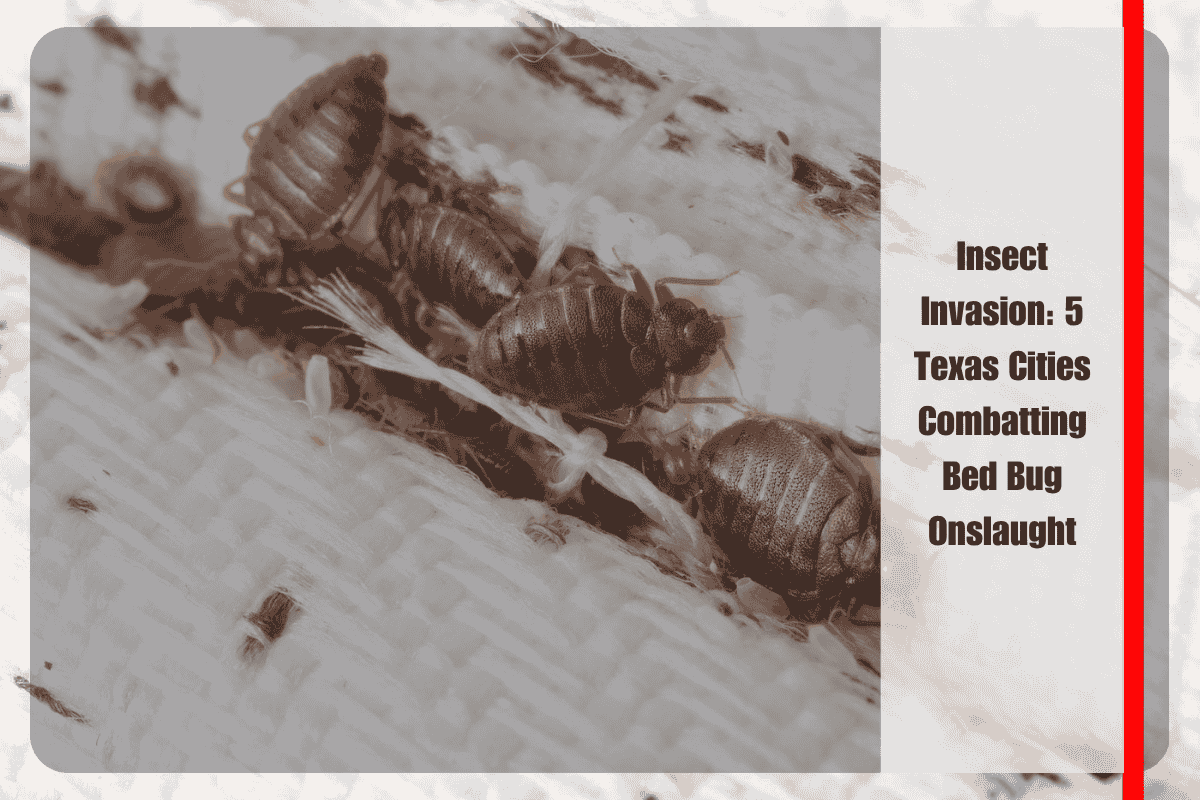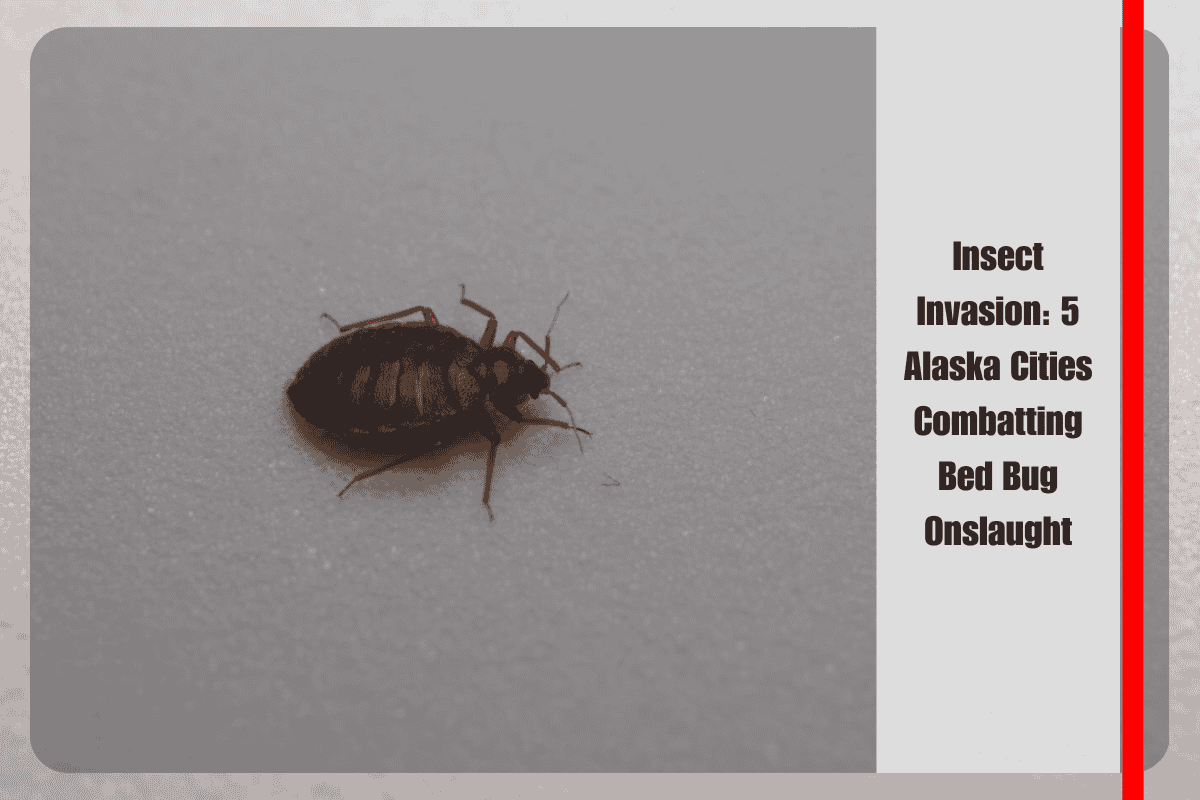In recent years, Texas has experienced a dramatic surge in bed bug infestations, with several major cities struggling to contain the rapid spread of these resilient pests. While some sources highlight six cities, the following five Texas cities—Houston, Dallas, Fort Worth, San Antonio, and Austin—are especially noteworthy for their ongoing battles against bed bug invasions.
Houston stands out as the epicenter of Texas’s bed bug crisis, ranking as the third worst city for bed bug infestations in the entire United States. The city’s combination of a large number of hotels, used furniture stores, and a warm, humid climate provides ideal breeding grounds for bed bugs. Residents report tens of thousands of bed bug-related incidents annually, prompting aggressive public awareness campaigns and pest control measures.
Dallas, a major travel and business hub, consistently lands near the top of national bed bug infestation lists. Its dense urban living and constant influx of visitors make it particularly vulnerable to outbreaks. Dallas was recently ranked 11th among the 500 largest U.S. cities for bed bug problems. Local authorities and pest control professionals are responding with targeted heat and chemical treatments, as well as educational outreach to hotels and apartment complexes.
Fort Worth, sharing the Dallas-Fort Worth metroplex, faces similar challenges. It was ranked 37th nationally for bed bug issues, with dense housing and high rates of travel contributing to persistent infestations. The city is investing in aggressive pest management and public education to slow the spread. Effective treatments in Fort Worth include heat treatments, chemical applications, and integrated pest management strategies, which combine monitoring, prevention, and targeted treatment for comprehensive control.
San Antonio has emerged as another bed bug hotspot, ranking 16th in the nation for infestation risk. The city’s tourism industry, busy hotels, and high population density contribute to the rapid spread of bed bugs. Like other Texas cities, San Antonio is focusing on public education and professional extermination to combat the problem.
Austin, known for its rapid urban growth and high urban density, is also grappling with significant bed bug issues, ranking 17th nationally. The city’s apartment living and frequent turnover of residents provide ample opportunities for bed bugs to spread between units. Austin’s pest control professionals emphasize regular inspections, integrated pest management, and the use of safer, more effective treatment options to manage infestations.
Several factors contribute to the bed bug boom across these Texas cities. The warm climate is ideal for bed bug reproduction, while high urban density and frequent travel facilitate their rapid spread. Additionally, bed bugs are becoming increasingly resistant to traditional pesticides, complicating eradication efforts. The consequences of these infestations are significant, causing health problems such as itching and allergic reactions, as well as emotional distress and financial burdens for affected residents.
While Irving is sometimes included as a sixth city in broader lists, Houston, Dallas, Fort Worth, San Antonio, and Austin are the most prominent Texas cities currently combatting the bed bug onslaught. Each city is employing a mix of public education, professional pest control, and innovative treatment strategies to address this persistent and costly challenge.
Sources
[1] https://thewrangler.com/insect-invasion-6-texas-cities-combatting-bed-bug-onslaught/2025/06/22/
[2] https://collincountymagazine.com/2025/06/03/insect-invasion-6-texas-cities-combatting-bed-bug-onslaught/
[3] https://www.texasbugslayers.com/bed-bug-control-fort-worth
[4] https://www.stridepestcontrol.com/what-is-the-main-cause-of-bed-bugs-in-austin-texas/
[5] https://rtrlaw.com/personal-injury/is-there-a-bed-bug-problem-in-texas/












